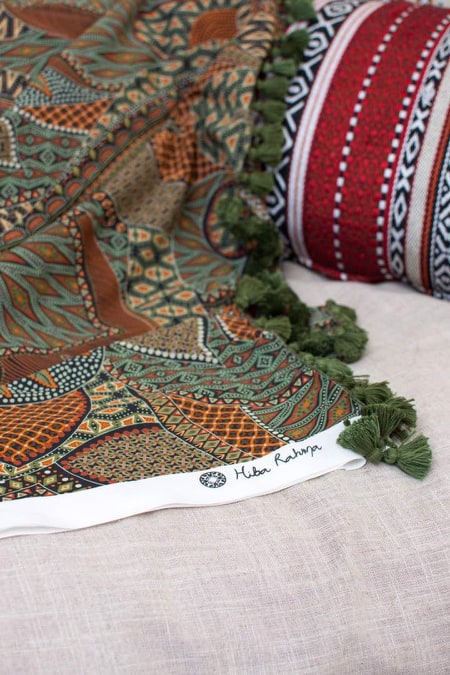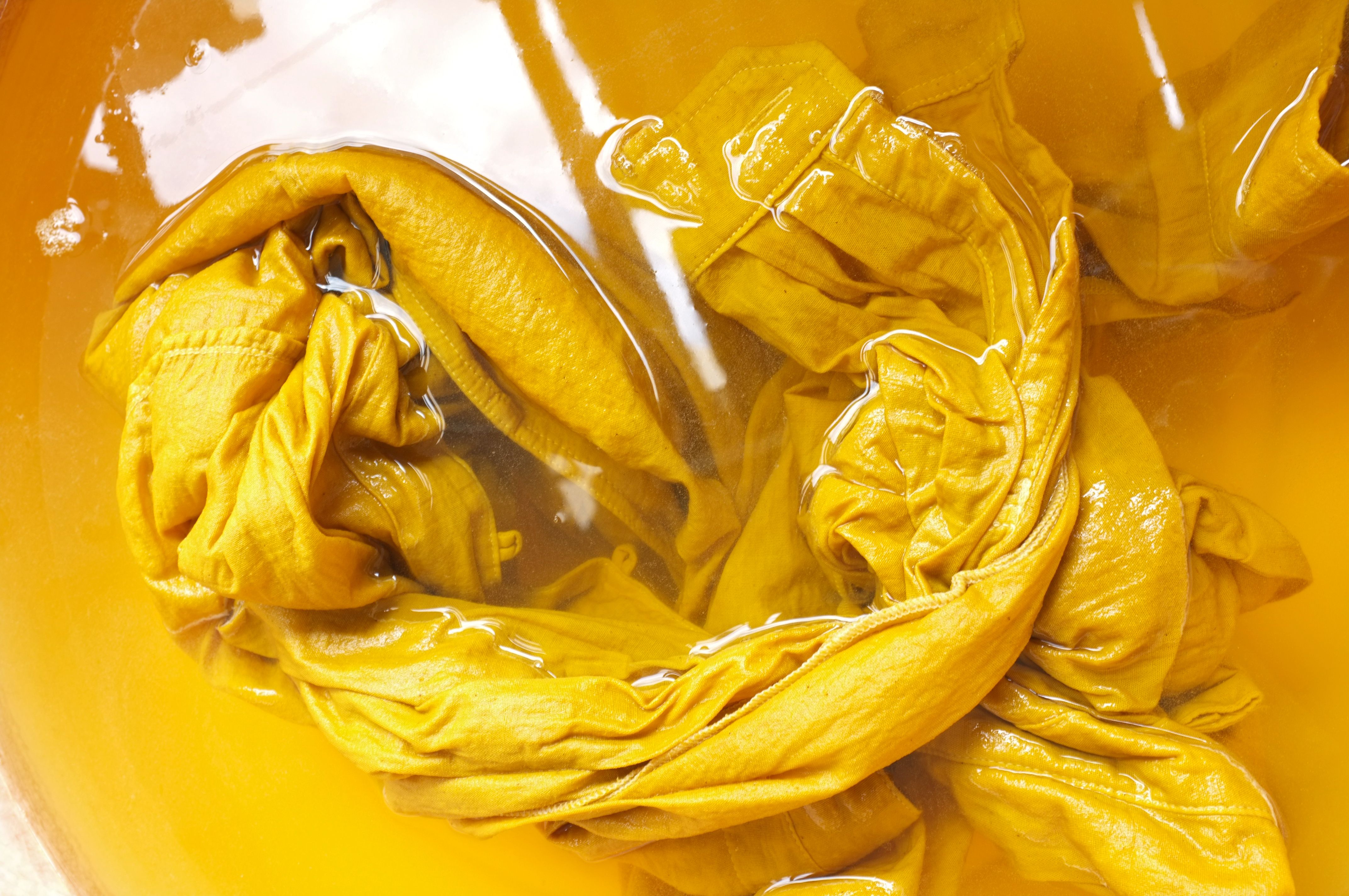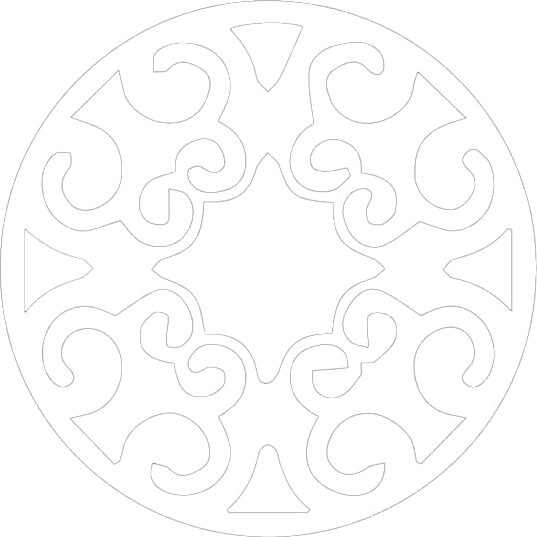Silk
Silk is the strongest natural fiber in the world. Pound for pound, a strand of silk has more tensile
strength than steel. It is very elastic, regaining its original dimensions after being stretched. Silk is also
called 'the king of fibers' because of its rare natural luster. It absorbs moisture and retains 30% humidity
without appearing to be wet.
It has the ability to withstand extremely high temperatures, as it can be heated up to 140 ° C without
decomposing. Its thermal decomposition is greater than 170 ° C.
Silk garments are very lightweight and warmer than garments made of cotton, linen or artificial silk. I
is easy to iron, because of its resistance to wrinkles.
In the fourth century BC, the western world heard of a strange worm that weaves silk threads, but no
westerner was able to confirm this until 550 AD.
For that period of time, Persia controlled all silk coming from China, and sold it at exorbitant prices.
The Roman, or Byzantine, Emperor Justinian objected to paying these exorbitant sums to the Persians.
Around 550 AD, he tried to find a route to China that does not pass through Persia. His plan was to reach
China through Constantinople (modern-day Istanbul), but he failed. He then sent monks to China as
spies.
Despite the harsh conditions and, the monks put their lives on the line and managed to hide silkworm
eggs and mulberry seeds in hollow reeds.
This adventure ended the monopoly of both China and Persia on silk.
During the next hundred years, many people learned sericulture and the method to extract silk from
cocoons. Muslims also brought silkworms to Spain and Sicily during the Islamic conquests in the ninth
and tenth centuries.
And in the thirteenth century, Italy became the western silk center. The silk-weaving industry started in
France in the sixteenth century, and soon, the French were in competition with the Italians. And silk-
weaving became one of the biggest industries in England after large numbers of skilled Flemish weavers
(the oldest inhabitants of an area currently located between the Netherlands, France and Belgium)
entered the country in the late sixteenth century.
Attached is a video showing the method of collecting and weaving silk threads.
Latest Articles
Cotton
2022-08-30
#Gezira_Scheme is one of the most important gravity irrigation schemes in Sudan. It was established… Read moreWeaving in Sudan
2022-08-23
The textile industry is an old industry in Sudan. It started as a traditional rural… Read moreHand Embroidery
2022-08-01
#Embroidery is the craft of decorating fabric or other materials using a needle to apply… Read moreTextile Printing
2022-08-29
The first printed textiles were produced in India and China more than four thousand years… Read moreNatural Dyes
0000-00-00
Most natural dyes are derived from plant sources such as barks, berries, flowers, leaves, and… Read moreHiba Rahma © 2025 - All rights reserved.







